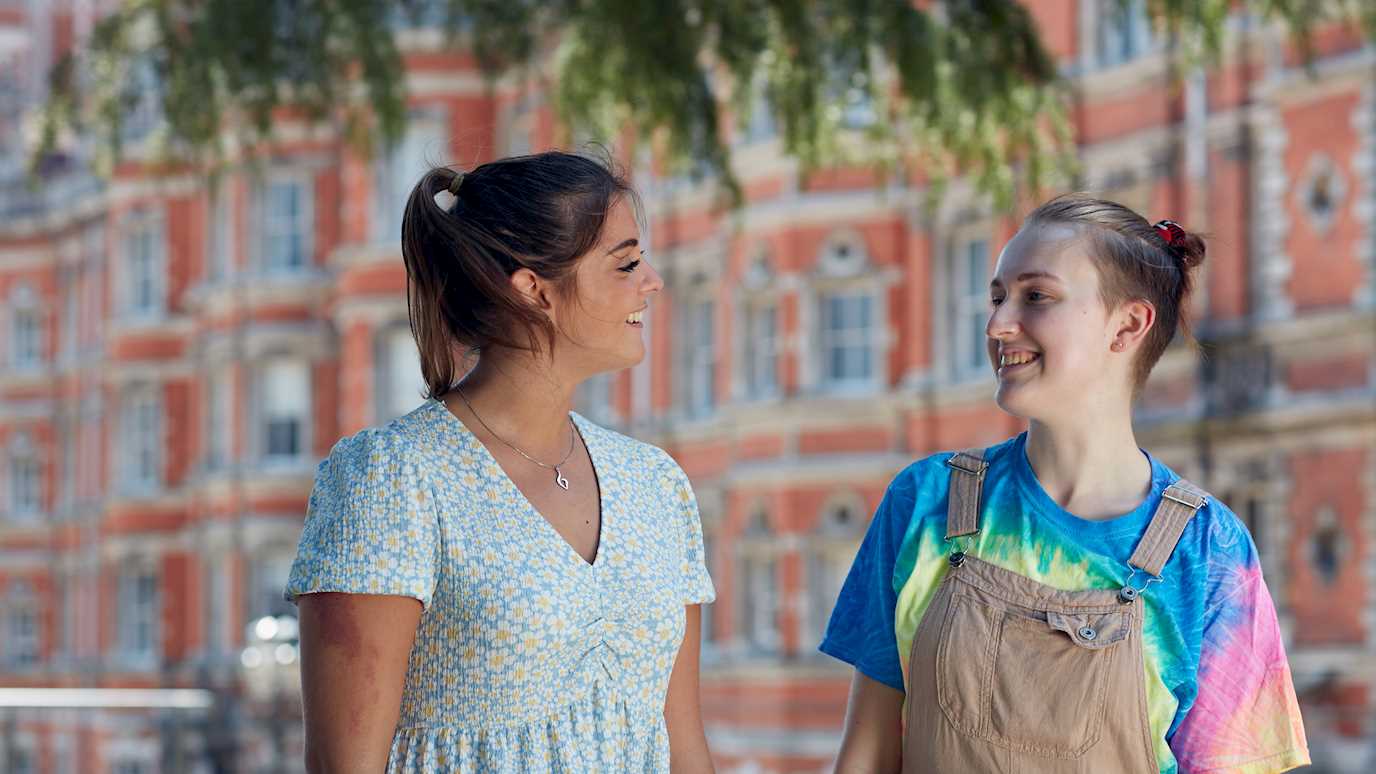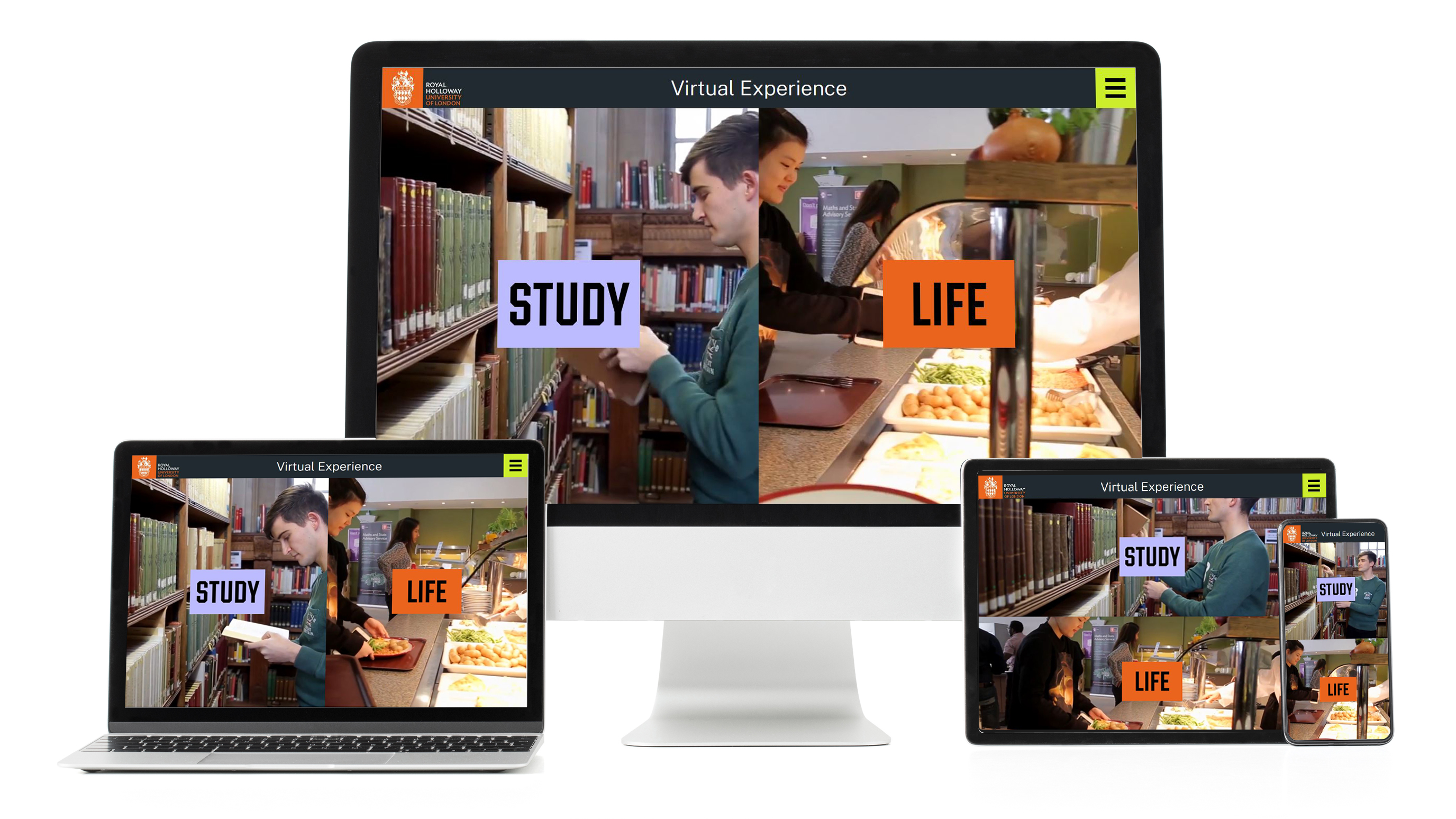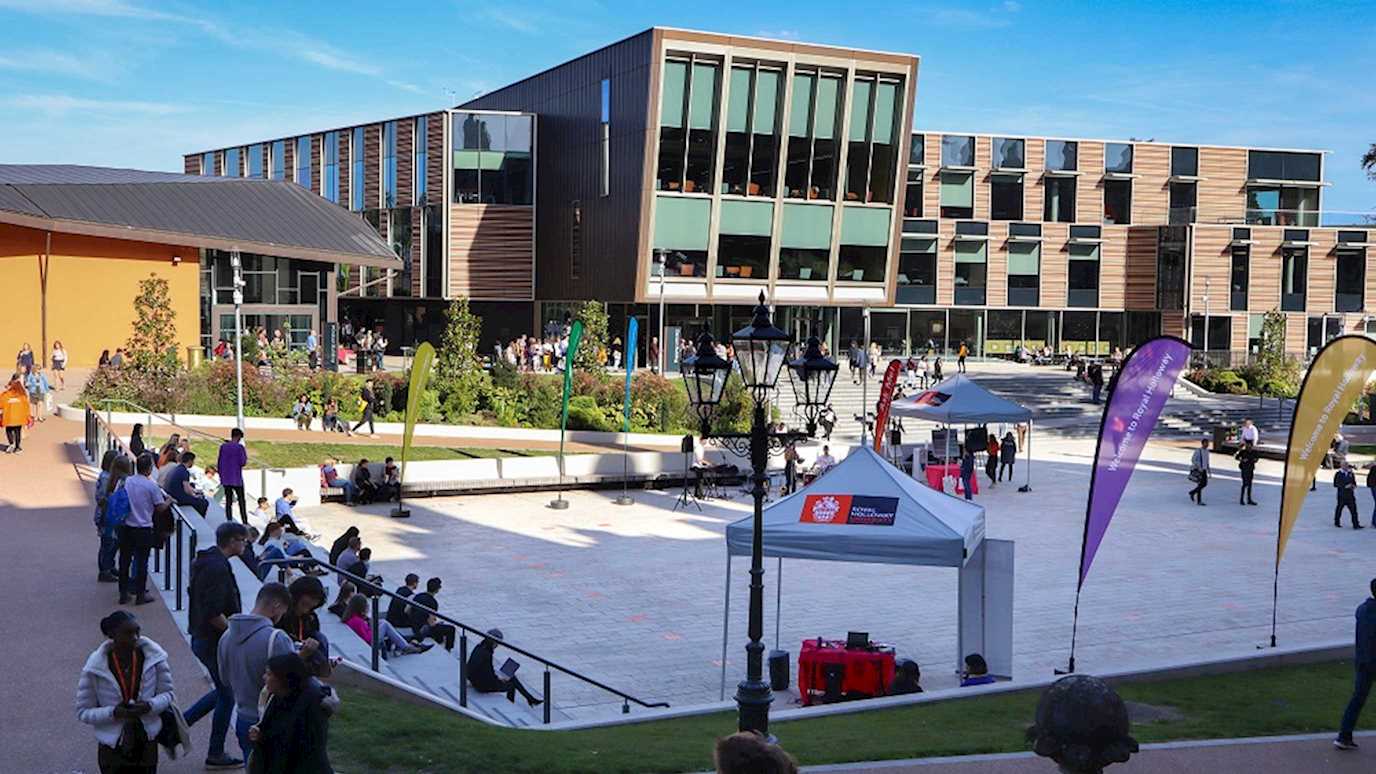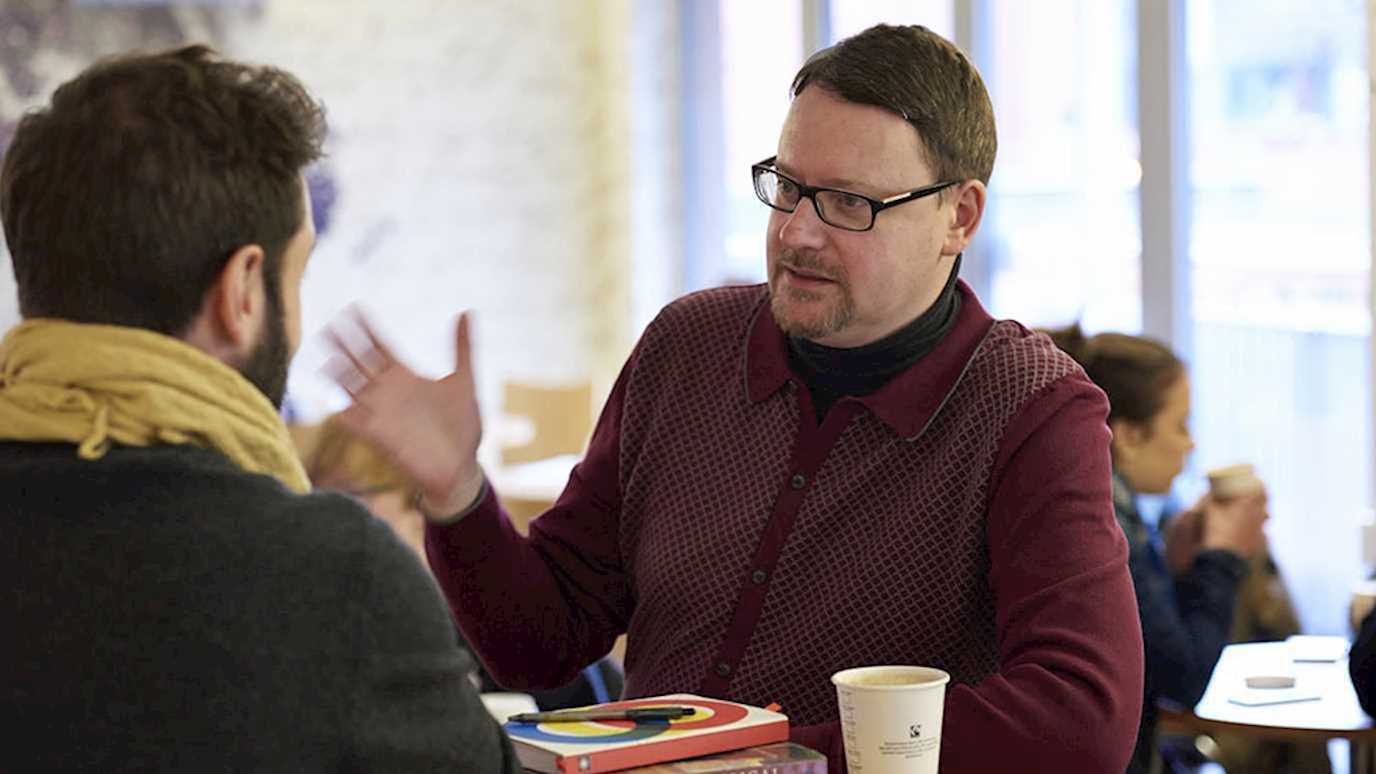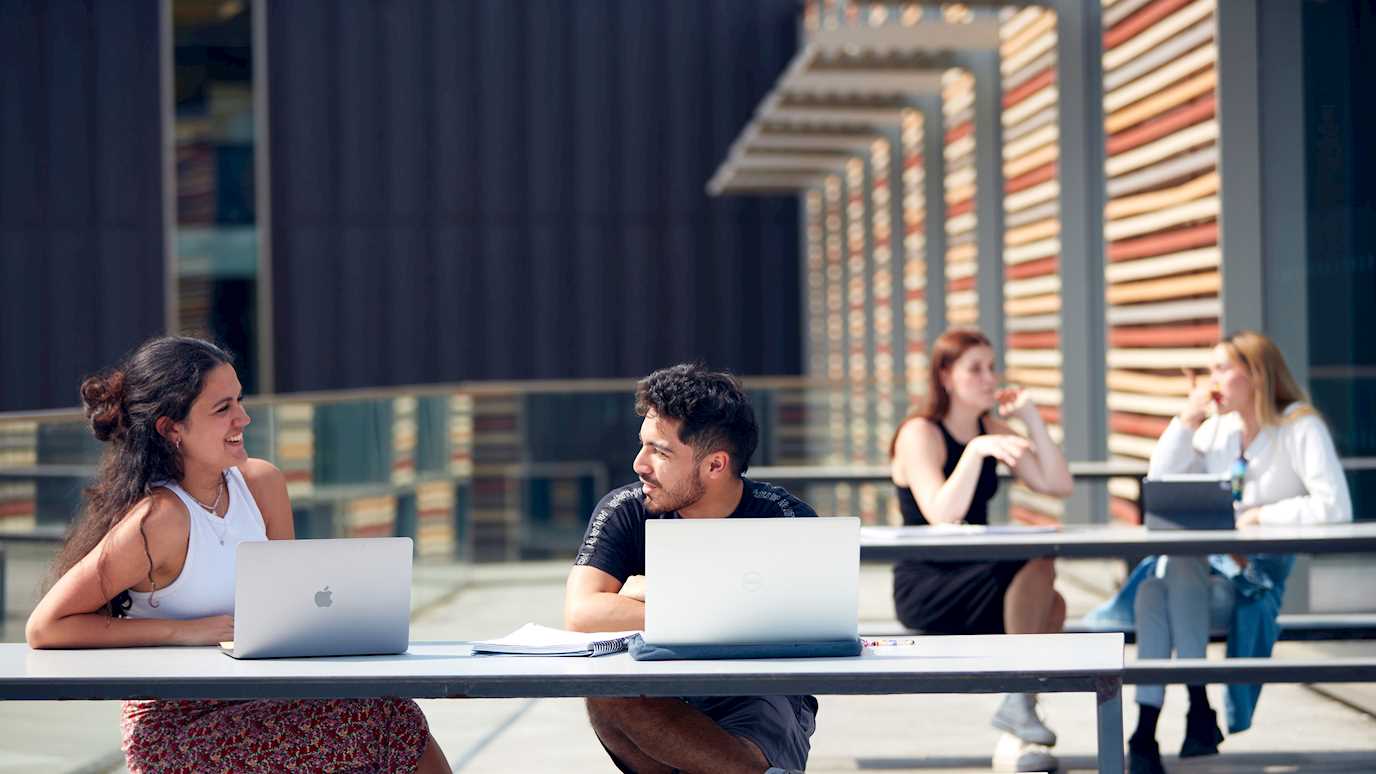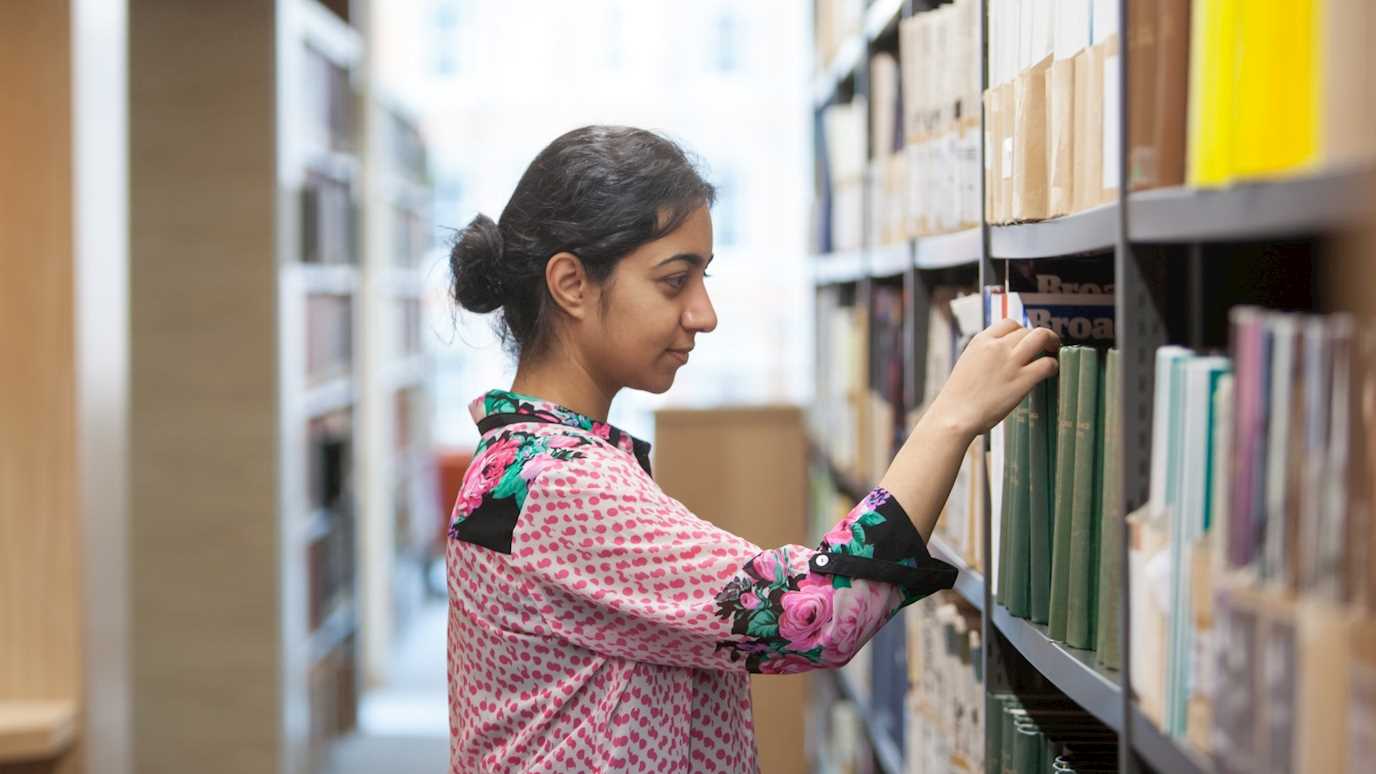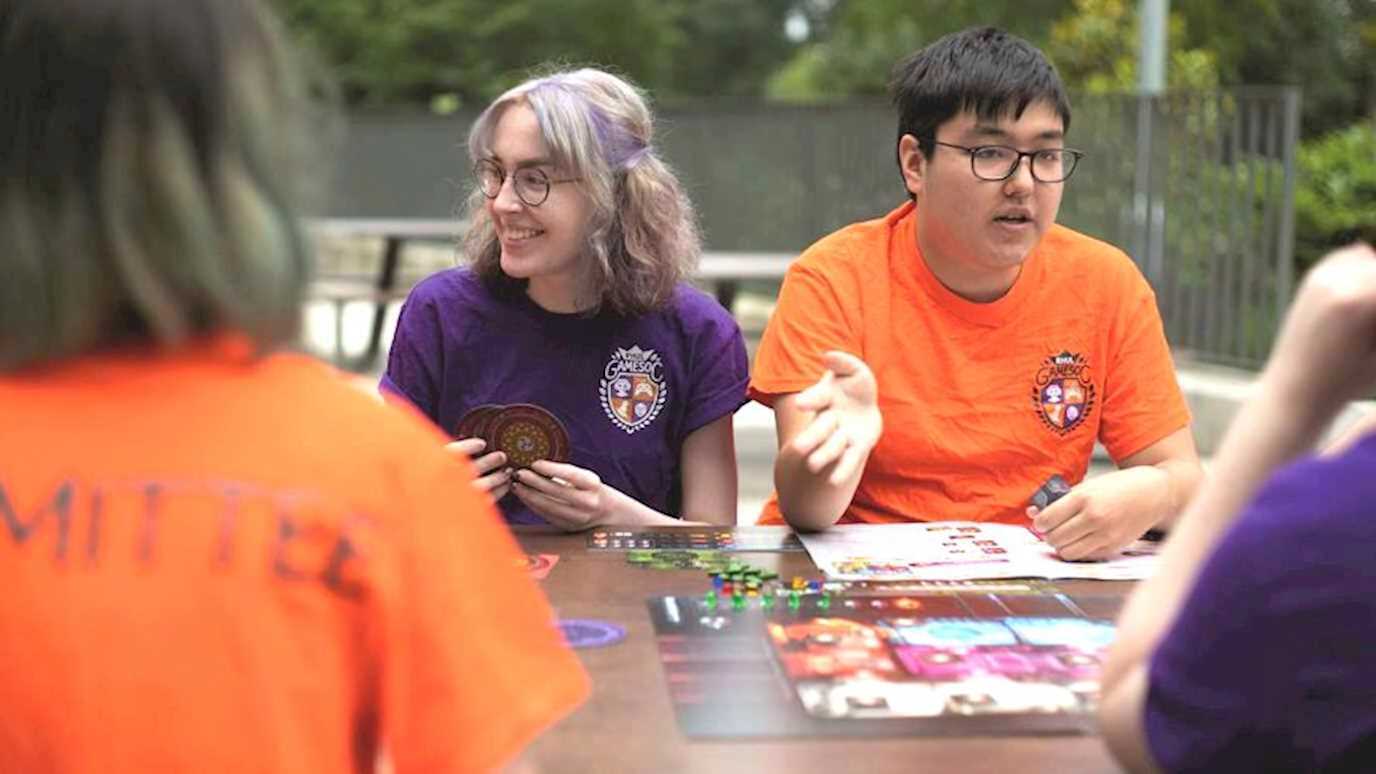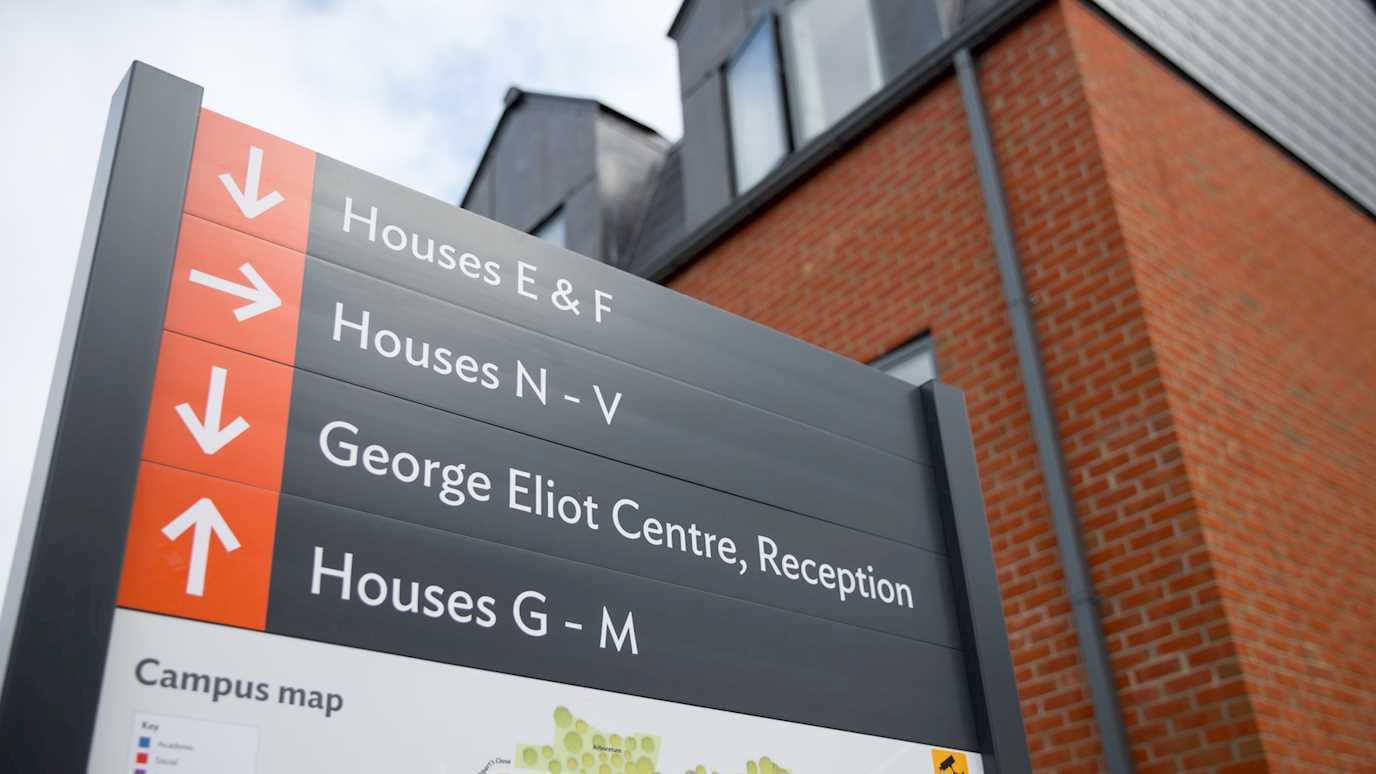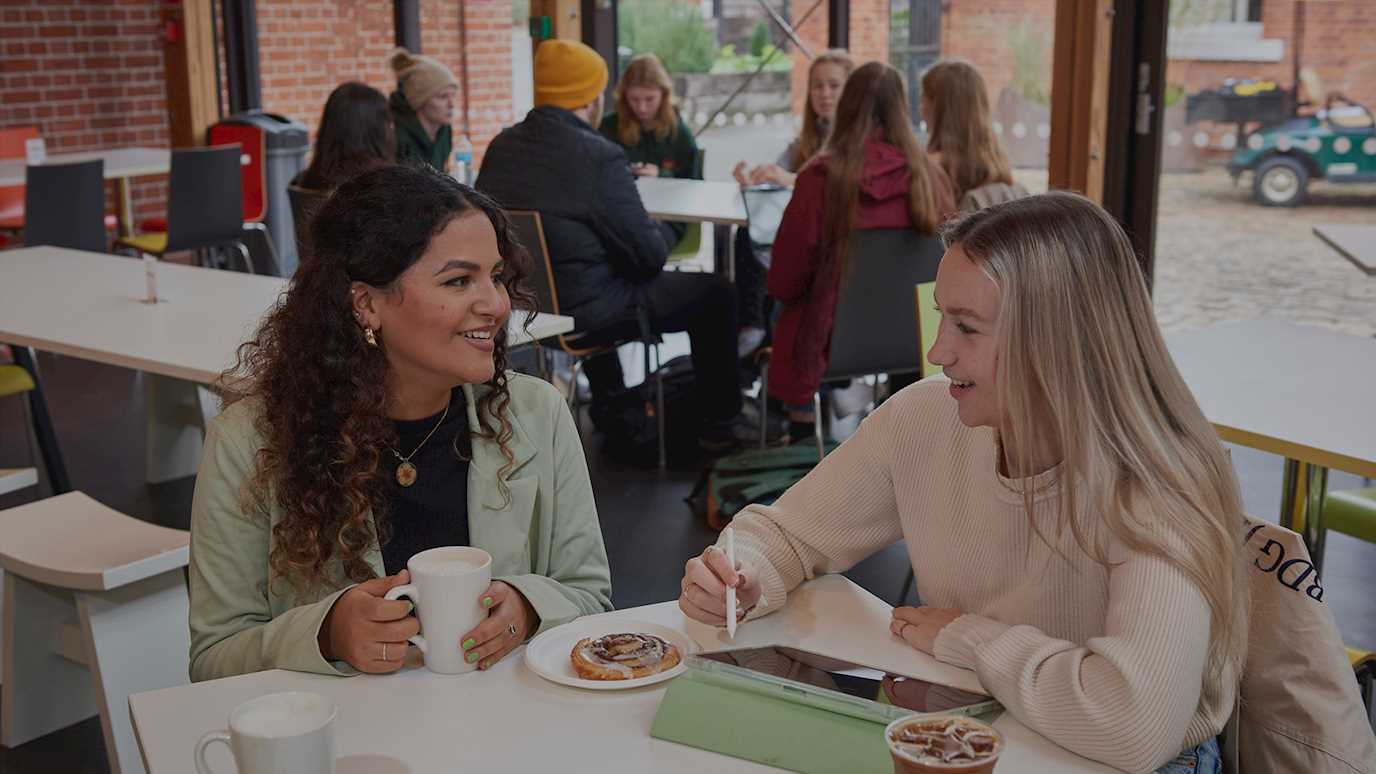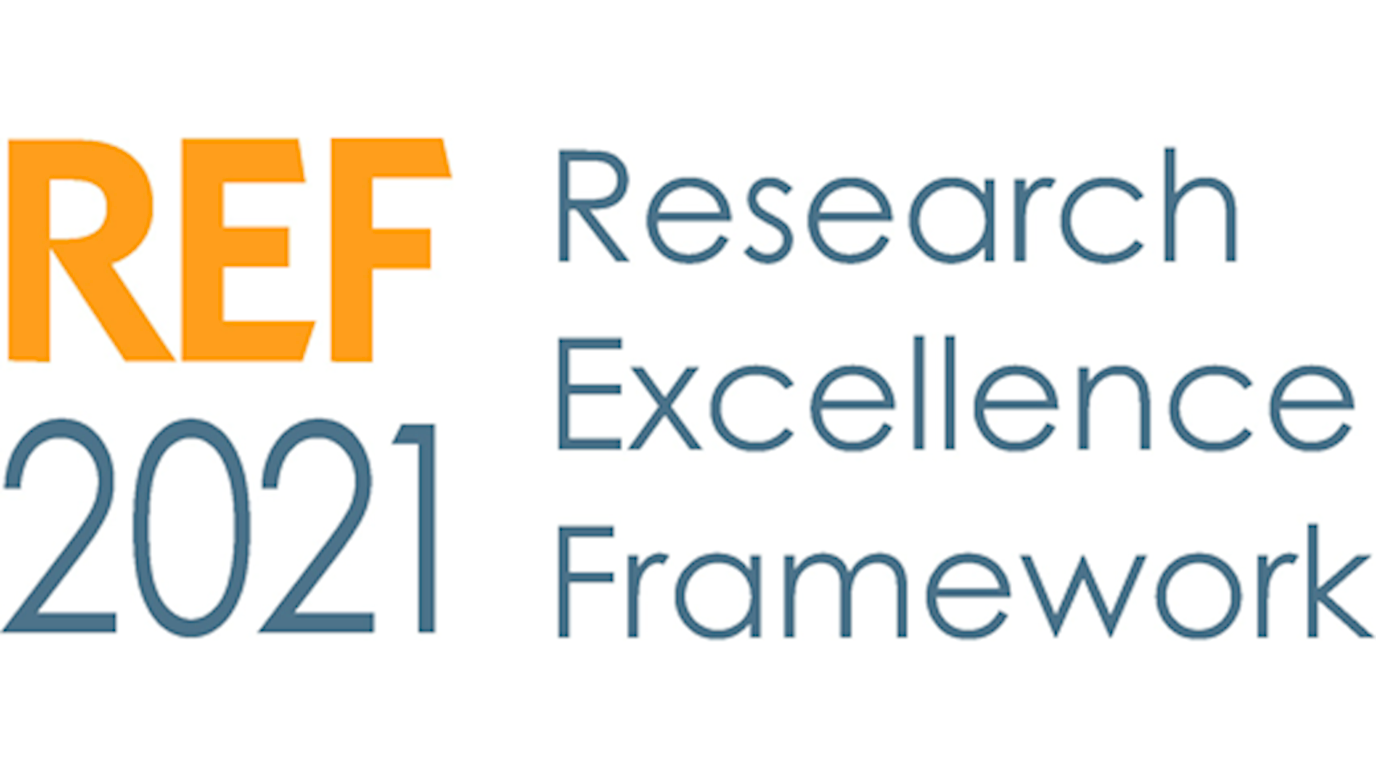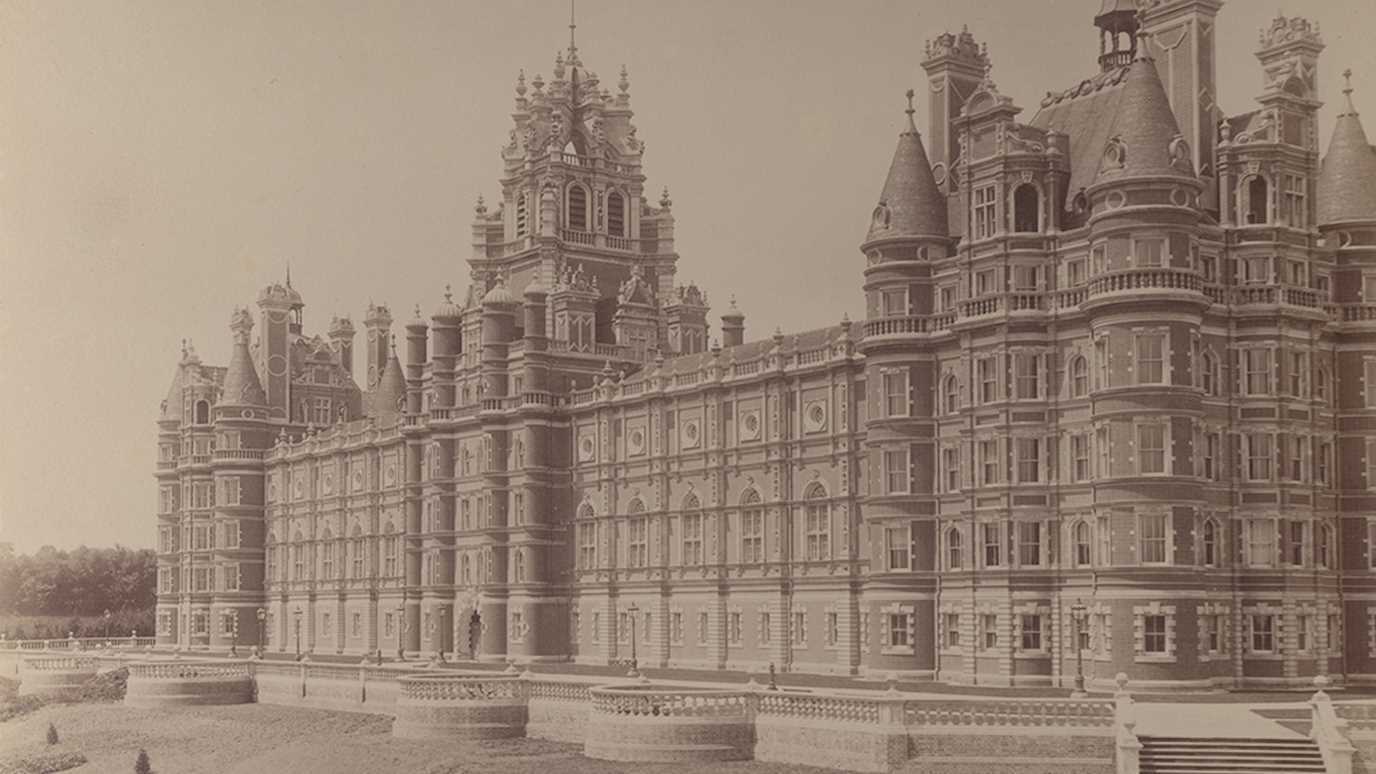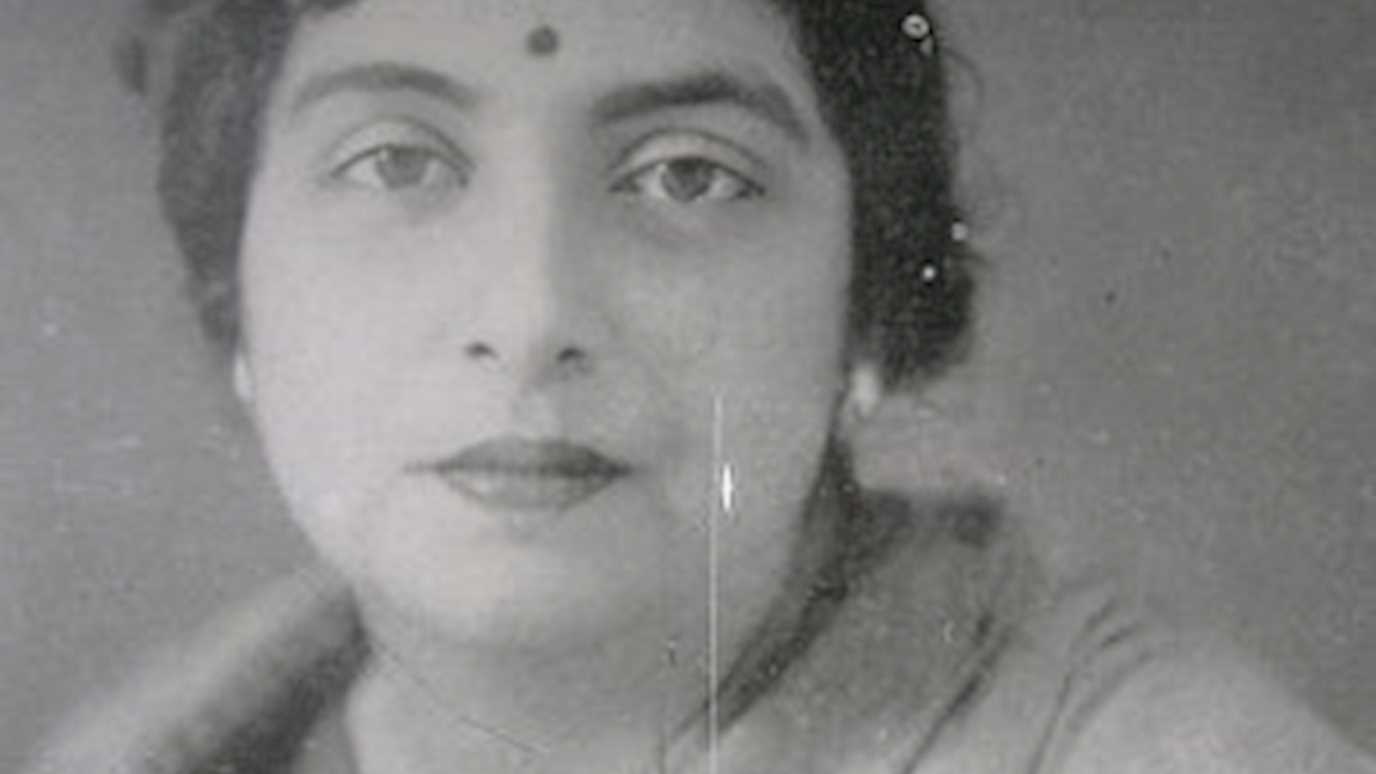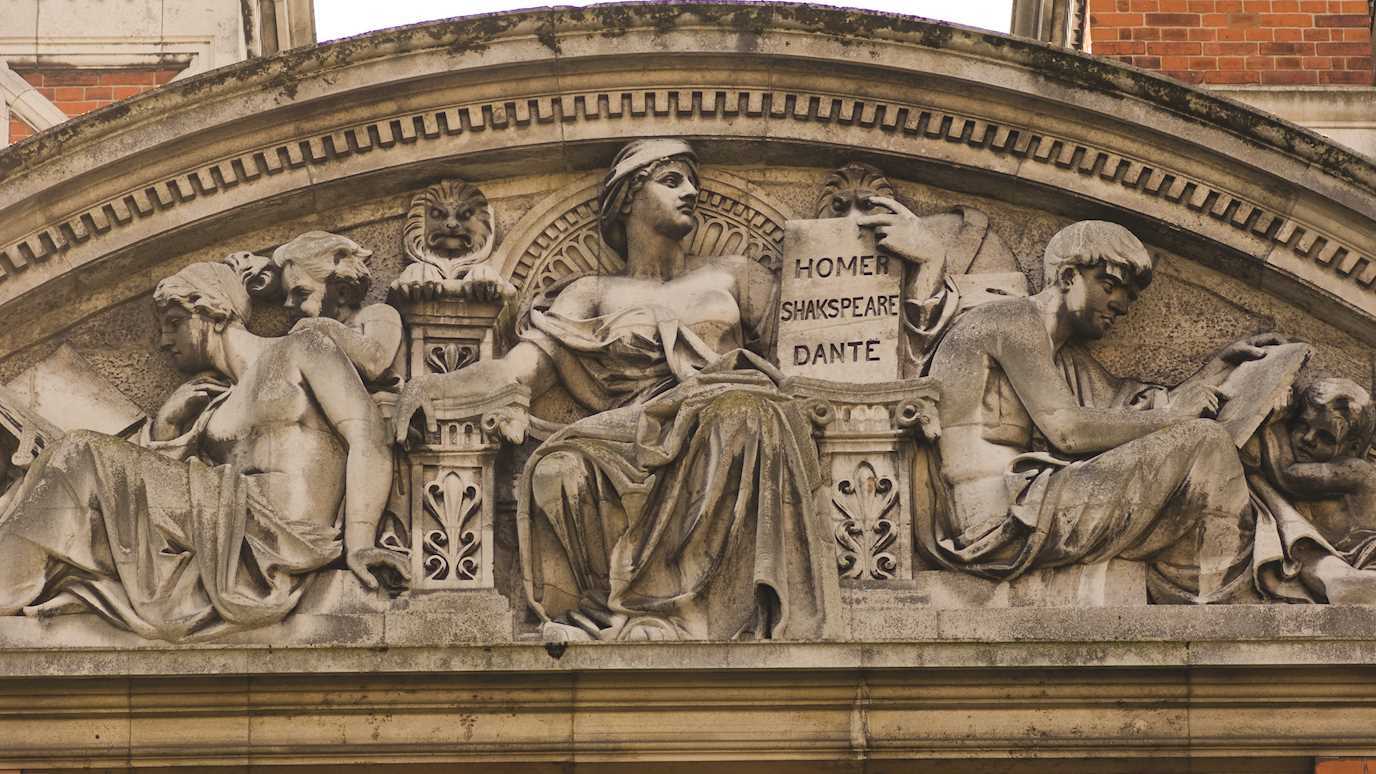Perception, Action, and Decision-making (PAD) group
The Perception, Action, and Decision-Making Group (PAD) undertakes cutting-edge research into how the human brain supports cognition, perception and action, and how these key abilities may be affected in neurological and psychiatric disorders. Using tools from neuroscience and experimental psychology, we explore a range of fundamental and applied questions, such as how zero gravity impacts cognition, how the brain constructs representations of places and events, and the interplay between decision-making and depression.
The PAD group is convened by Dr Rob Mok.
Please see here for list of publications, projects, and awards.
Dr. Nura Sidarus
Computations in Agency and Metacognition Lab
Description:
Our lab investigates the cognitive processes and computations involved in agency and metacognition, addressing questions like: How do we learn from our actions to make better decisions? Who’s in control? Am I sure that was the right choice? As we navigate the world, we face many decisions and need to learn from the consequences of our actions to do better next time. At the same time, we have subjective experiences, such as feeling in control of our actions (a sense of agency), or feeling confident that we made good choices (a sense of confidence), which arise from monitoring our internal cognitive processes and the external world. Using behavioural, computational, and neuroimaging methods, we investigate these (meta)cognitive processes, how they interact with each other, and their relation to mental health symptoms, such as depression.
For more information, see here.
Dr. Scott Glover
Description:
We study motor control focussing on reaching and grasping and the cognitive variables that impact planning and online control. We also examine the relationship between physical action and motor imagery.
For more information, see here.
Dr. Matteo Lisi
Description:
My current research is focused in understanding more about how people compute and use information about uncertainty when making decisions in various contexts, ranging from simple perceptual decisions to financial or medical decisions. I use both behavioural experiments and formal tools to identify the strategies that people use to deal with the uncertainty with the goal of improving our ability to explain and predict human behaviour.
For more information, see here.
Prof. Johannes M Zanker (Emeritus Professor)
Eye Lab & VR Lab
Description:
eye tracking using Screen based and mobile eye trackers, in VR environments (created by creating 3D models (Mondrian Room), captured physical envrionments (galleries, Carafa Chapel in Rome, Victoria Statue)
Members:
Dr. Doga Gulhan (PhD student, psotdoctoral research assitent)
Jasleen Kaur (UG and MSc reserach assistant)
For more information, see here.
Dr. Carl Hodgetts
Connected Memory Lab
Description:
In the Connected Memory Lab, we use advanced neuroimaging and experimental psychology methods to explore how the brain forms representations of places and events. We are interested in how these representations differ among individuals, across the lifespan, and in neurodegenerative conditions.
Members:
Dr Sam Berry (Research Fellow)
Dr Lucie Read (Research Fellow at Cardiff)
Kavishini Apasamy (PhD student)
Eleanor Alderman (PhD student)
For more information, see here.
Prof. Rob Hughes
Perception, Action, and Memory Lab (PAMLab)
Description:
1. Short-term memory and sequence learning. This research theme involves critically reappraising the classical and dominant view that there are special modules within the cognitive architecture dedicated to the function of short-term storage and the development of an alternative view in which short-term retention (and long-term sequence memory) is a by-product of general-purpose perceptual (particularly auditory perceptual organisation) and motor skills (particularly speech-planning).
2. Cognitive psychology of selective attention, particularly the development of a duplex-mechanism account of auditory distraction in which attentional selectivity can be compromised either by competition from the sound for the control of ongoing action or by its capture of attention from that action. Current interest within this theme centres on how top-down control—in terms of both response to contextual factors (e.g., high task-difficulty) and a stable disposition for attentional control—can serve to counter some but not all forms of such distraction.
For more information, see here.
Prof. Robin Walker
Description:
My research has typically focused on studies of the human saccadic eye movement (or oculomotor) system using both behavioural and neuroimaging (fMRI) techniques. The aim is to further our understanding of how the network of cortical and sub-cortical brain regions control the shifts of gaze and attention that are involved in the process of visual cognition. I also conduct research into the use of dynamic text formats (horizontally scrolling text - like a news ticker) as a reading aid for people with a loss of central vision as occurs in cases of macular degeneration. This has led to the development of free apps to support reading in people with macular degeneration. A recent project is investigating Charles Bonnet Syndrome - which is the presence of visual hallucinations in people with sight-loss. A project funded by the Macular Society UK, is investigating the potential of therapies to reduce the impact of hallucinations in people with Charles bonnet syndrome.
Members:
Hannah Coughlan (Thomas Pocklington intern)
For more information, see here.
Dr. Jonas Larsson
Visual Neuroscience Lab
Description:
Research in my lab is focused on the neuronal mechanisms of human visual perception, studied using a combination of physiological measurements (principally functional magnetic resonance imaging, fMRI) and behavioural measurements (psychophysics).
For more information, see here.
Prof. Narender Ramnani
Description:
My research interests include the organisation of systems in the human brain, and mechanistic interpretations of behaviour based on the integration of neuroanatomy, neurophysiology, behaviour and theoretical neurobiology. I am particularly interested in the interactions between the frontal lobe and cerebellar plasticity mechanisms, and the manner in which these interactions support the automation of cognitive operations and motor control through learning. We use functional MRI, eye tracking and other behavioural methods, resting-state connectivity, classical and instrumental conditioning, and a range of analytical techniques, to understand mechanisms in the healthy brain, and the ways in which these change across the lifespan. Our work has been funded mainly by BBSRC.
Members:
Kieran Allen (PhD student)
Kavishini Apasamy (PhD student)
Akilles Rechardt (PhD student)
For more information, see here.
Prof. Szonya Durant
Virtual Reality lab
Description:
I am Director of the Virtual Reality lab, joint between Psychology, Computer Science and Electronic Engineering. My research is in visual perception and how we combine visual information over time as we explore our environment. I use eye tracking, VR and neural imaging methods. I also apply this to guiding attention in the context of human computer interfaces and digital environments.
For more information, see here.




